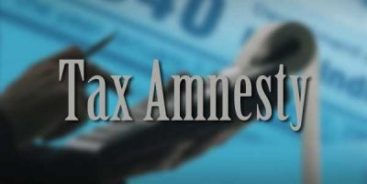The Finance (No. 2) Bill, 2016 was brought before Trinidad and Tobago‘s Parliament on Friday July 1, 2016 and was assented to on July 20th, 2016 in order to bring, inter alia, the tax amnesty into law. This is the fourth tax amnesty in T&T in about 10 years. The amnesty applies to taxes and other liabilities that were due and payable up to December 31, 2015 and paid during the period July 1, 2016 to September 16, 2016.
The amnesty applies to the following taxes:-
- Withholding Tax;
- Corporation Tax;
- Business Levy;
- Income Tax;
- Petroleum Tax; and
- Value Added Tax.
The amnesty also applies to Companies for late filing of Annual Returns.
DISCUSSION FORUM
Do you think tax amnesties do more harm than good in T&T? Please leave your comments in the box below.




